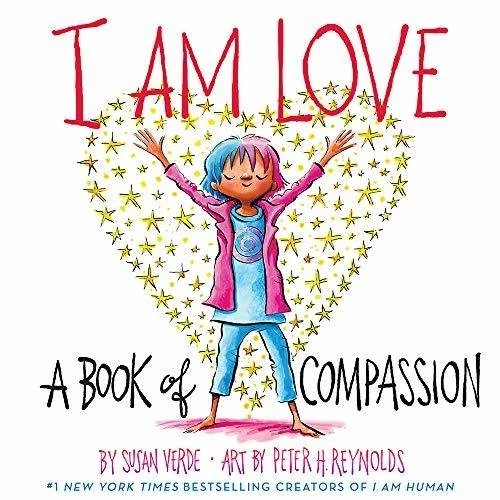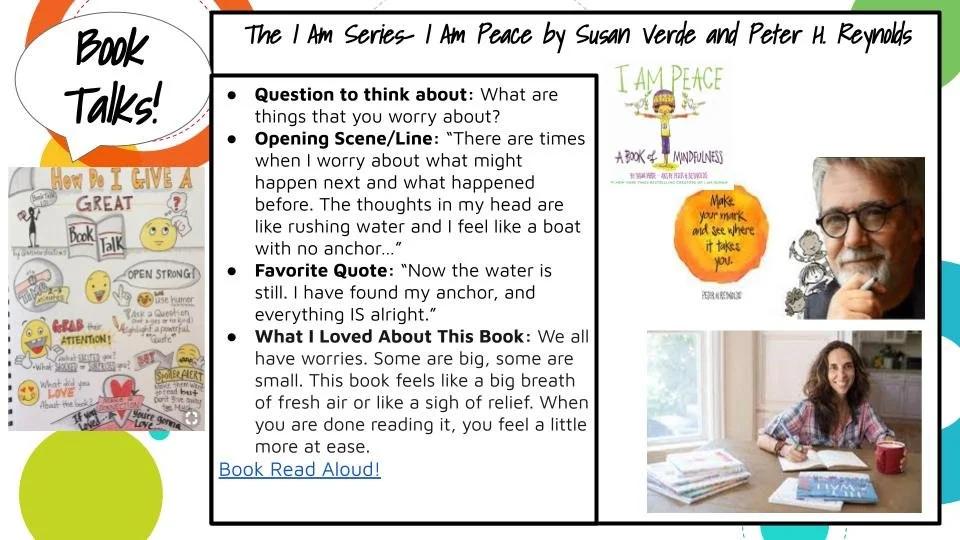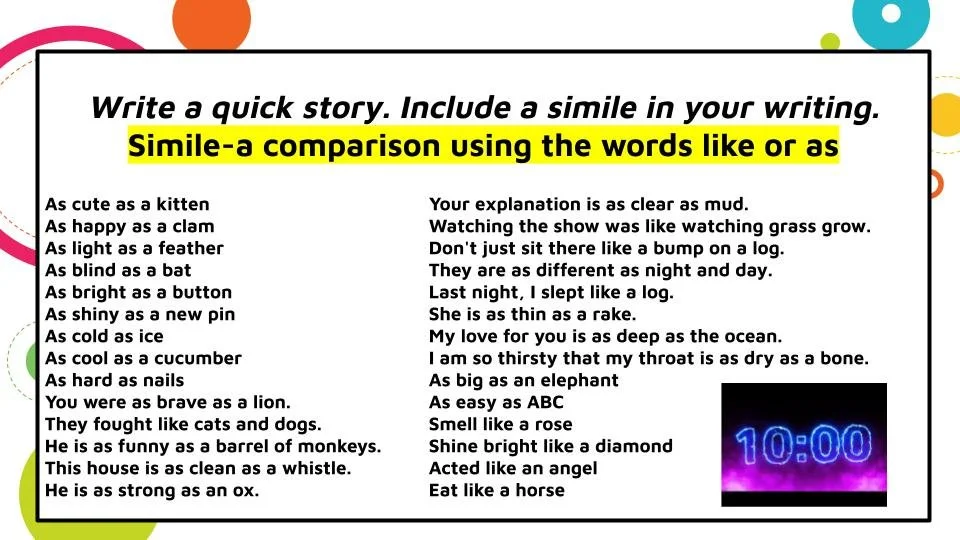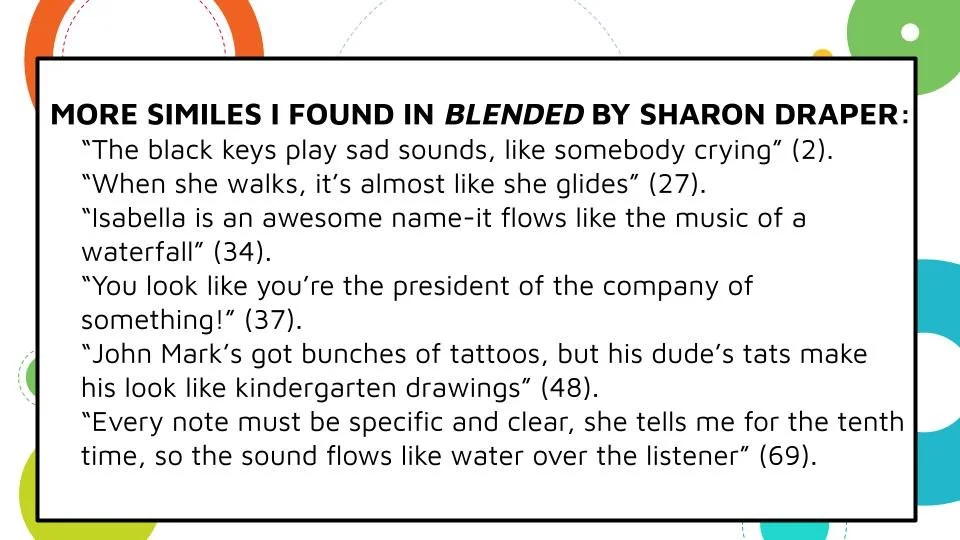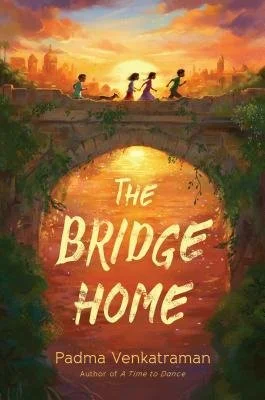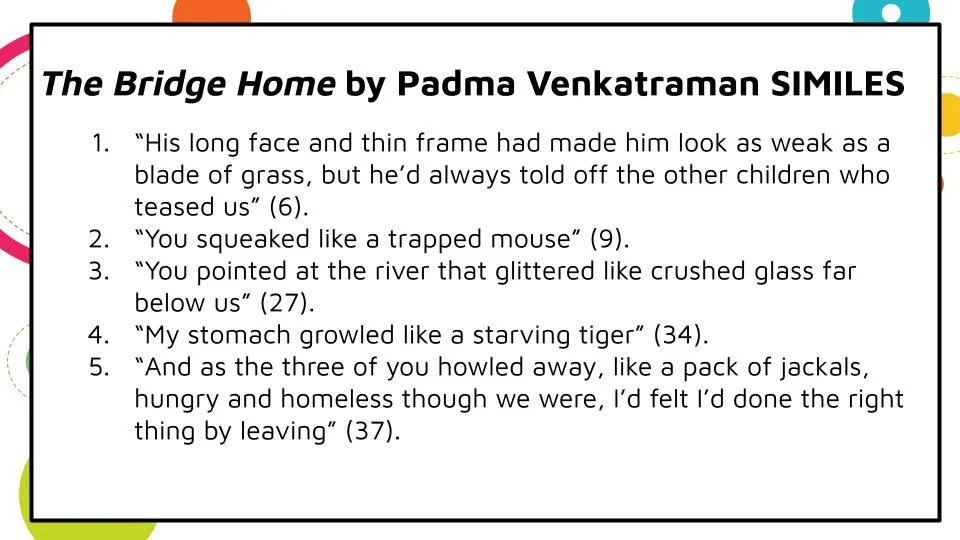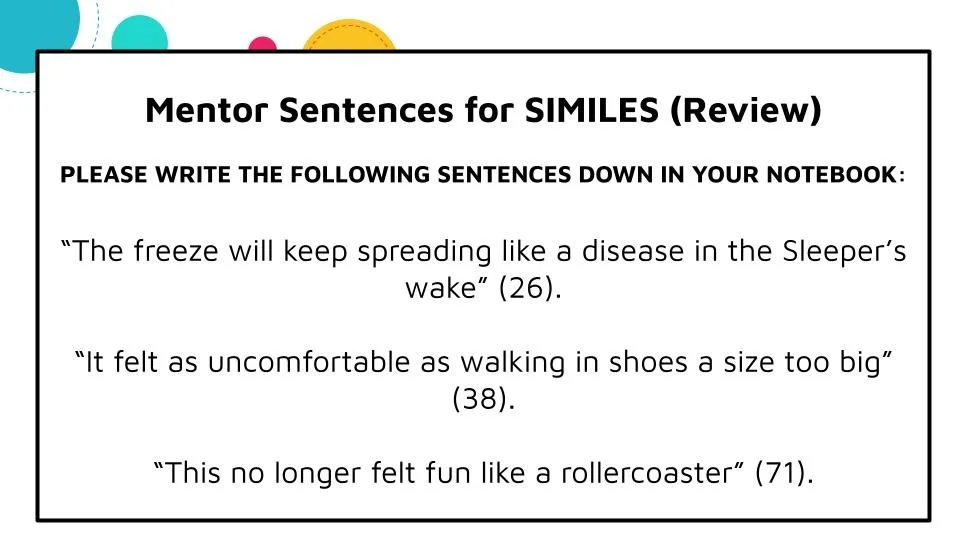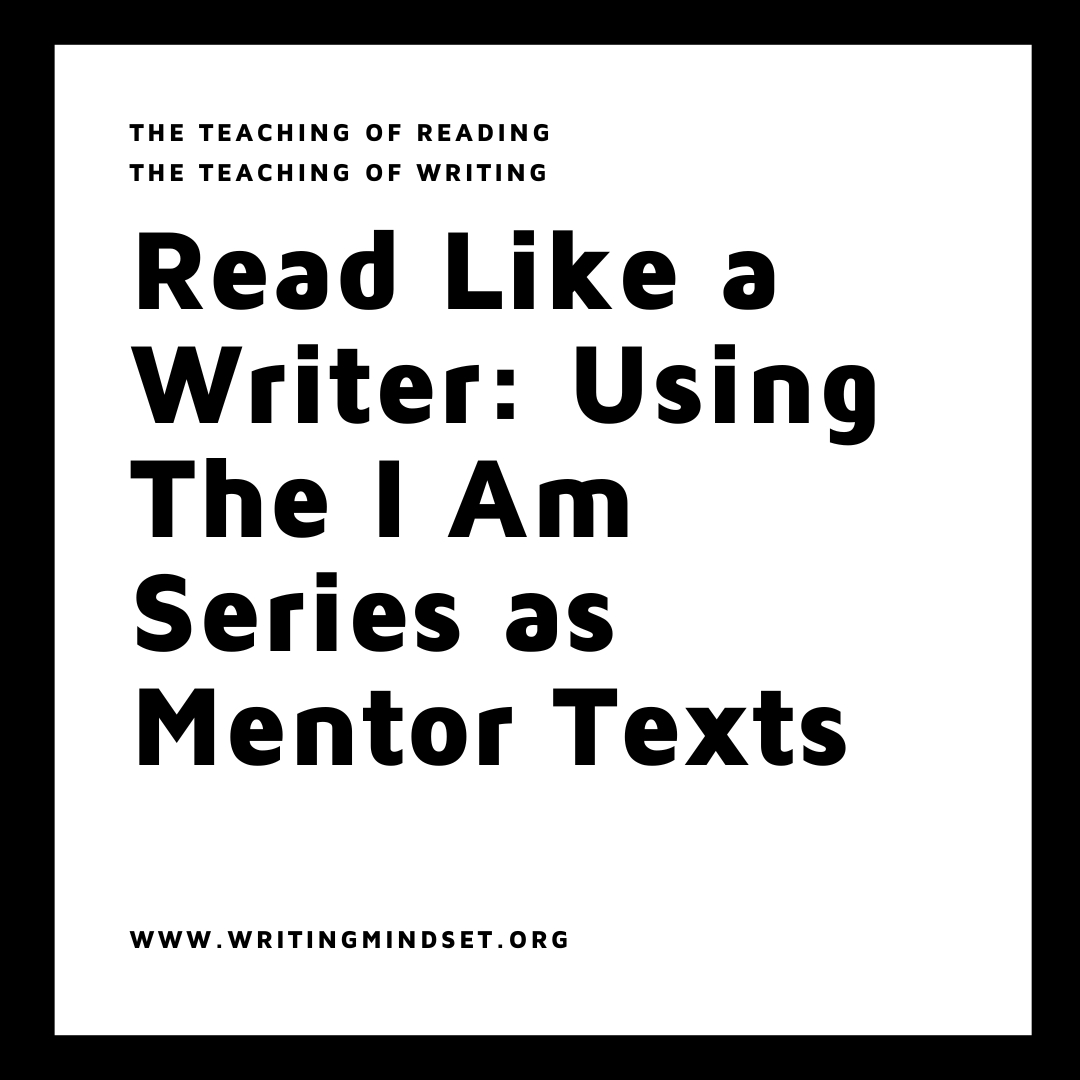Read Like a Writer: Using the I Am Series as Mentor Texts
Write Like Susan Verde and Peter Reynolds: How You Can Combine Mentor Texts and Mindfulness
The I Am series by Susan Verde and Peter Reynolds is one of the most identifiable book series in classrooms and stores. The art by Peter Reynolds is so specific to him, and the books have almost become synonymous with social & emotional text lists, mindfulness, and meditation for young people. There are 7 books in the series. This post covers 4 of them and how to use them in your classroom for teaching mindfulness through read-aloud and also writer moves for kids through mentor texts. While the recommended reading age for the books often states 3-7, these mentor texts could be used in any level classroom.
Let’s dive into using the I Am series as a whole group mentor text, and then let’s take a quick look at how 4 of the books can be broken down further for writing moves.
Whole-Group Mentor Text Work
You can use picture books and chapter books (really any type of book) to do smaller, more specific mentor text work like sentence construction, grammar practice, or writer moves. You can also use these books to teach larger lessons that apply to bigger concepts. Things like theme, summary, analysis, and more. The cool thing about mentor texts is the versatility to teach a variety of concepts, skills, and strategies. You can go all the way from reader appreciation to specific writer moves.
Themes
All of the picture books in the series are great at teaching thematic concepts to kids. While the books don’t necessarily follow a linear format for narrative summary lesson work, you could apply the themes to another story or make a theme board to use throughout the year. Think of a collection of ideas of what messages authors are trying to tell us while we read displayed in the classroom.
Affirmations
All of the I Am series books are great resources for repeating first-person pronouns for emphasis. These are statements like:
I can…
I am…
I have…
I will..
Among others. These are also called affirmations. These books make great beginning-of-the-year mentor texts to help kids start off positively or they are great to revisit if kids need a refocus coming back from a break or a long weekend. You could definitely tie these books to a lesson surrounding affirmations and creating classroom affirmations that are shared among everyone.
Stations Work
There are 7 books in the series and this seems like a perfect number for stations in a classroom of 30-35 students (or more). With many of the books having a lexile range of 400-499, many of the activities you would have kids review can be done independently. You could have students identify themes, practice describing pictures with adjectives, or even practice the writer moves that you see listed below. One of the big advantages of having the whole series written by the same author is that many moves are repeated.
Writer moves like this:
Use of a colon
Repetition of first-person pronouns for emphasis
Starting a sentence with BUT or AND to signal a turning point
Individual Book Examples
Use of exclamation marks- “I was born. A miracle! One of billions but unique!”
Repetition of first-person pronouns for emphasis- “I’m finding my way and choosing my path on this incredible journey. I have big dreams. I see possibility.”
Starting a sentence with BUT on purpose to show a turning point- “But being human means I am not perfect. I make mistakes.” / “But then I remind myself that because I AM human, I can make choices.”
Using “too” as an addition at the end of a thought- “I can be hurt, too.”
Similes/Figurative Language- ”The thoughts in my head are like rushing water and I feel like a boat with no anchor being carried away.”
Use of a colon- “And then I tell myself: It’s alright.”
Repetition of first-person pronouns for emphasis- “I don’t need to worry about before and after. I am in THIS moment. I am peace.”
Complex sentences- “When I see someone going through a storm of hurt and unfairness, of anger and sadness…when the sun disappears and the skies grow dark and I see there is fear…I ask myself, what can I do to help let the light back in?” / “When the clouds roll in, for others and for me, I know now there is something I can do.”
Use of a colon- “I put my hands on my heart and listen. And that is where I find the answer: I have compassion. I act with tenderness. I am love.”
Dialogue setup- “I can hug and hold and say, “Everything will be alright.” Love is comfort.”
Commas in a series- “I can find goodness in a kind word, a helping hand, or a shared smile. Love is tiny gestures.”
Starting with a big question- “How do I make a difference? It seems like a tall order for one so small.”
Starting a sentence with BUT on purpose to show a turning point- “But beautiful things start with just One.”
Repetition of how a sentence starts- “One seed to start a garden. One stroke to start a masterpiece. One note to start a melody. One step to start a journey.”
The Mentor Text Teaching Process
Let’s talk about the mentor text teaching process. After each teaching step, I will give an example of how to teach that part of the process using The Hate U Give by Angie Thomas from my slides. Remember, picture books and chapter books make great mentor texts for any grade level that you are teaching, as long as kids can identify with the ideas of the book.
What is a mentor text?
You may want to start by reviewing a few of these posts if you are unfamiliar with using a book as a mentor text for teaching writing in your classroom.
The basic gist is that by copying the structure of the author’s sentence, a student can feel empowered to write like the author and mimic their style using their own ideas.
Mentor texts are pretty cool because kids feel like writers. They are also awesome because teachers can help participate in this process as a writer and share their ideas with kids. I always introduce the mentor text with a book talk to see if kids have read the book before or to get them to want to read the book in the future. I always show a book trailer or some type of video element with a book talk because it gets nonreaders (or kids who self-identify as nonreaders) immediately engaged.
Find your mentor sentences. Have kids write them down to get the pattern.
I found a ton of examples in the individual books from The Food Group series listed above. Use those ideas or try to come up with your own. The goal is to have kids write the author’s sentence down so they understand the structure. Kids don’t understand right away that they are writing complex sentences. We have to show them how it feels to write a complex sentence, and THEN explain the rules of dependent and independent clauses (Just an example!)
I offer to have students give observations about what they see in the sentences. They may offer things like pronouns or ideas from the sentence. For complex sentences, I want kids to notice the commas.
Set up a sentence frame using some of the author’s words. Help kids fill in the blanks if needed. Teachers can write their own example sentences.
I use slides to do my setups because I want to keep everything in one place, but you can also just write a sentence frame on the board. If kids say they don’t have ideas, one strategy I love is getting a few brave kids to come up and act out something silly. Remember, for any good sentence you just need a subject and an action. The rest is just frames!
So, let’s do a mentor text example from the I Am series books.
Teaching Kids How to Use Figurative Language/Similes with I Am Peace
Mentor Sentence- ”The thoughts in my head are like rushing water and I feel like a boat with no anchor being carried away.”
Start with a book talk.
For many picture books, there may not be a book trailer. I like to do the read-aloud with the students and also play the video of the picture book on mute on the overhead projector. This means that everyone can see the pictures, but they still hear the teacher’s voice and inflection.
Students can write down the example sentence in their notebook. I would have them write first, and then make observations. This is especially important if it seems like you always have the same 1-2 students making observations during mentor text work.
Introduce Simile Work
When introducing similes to secondary students, many of them have seen similes before from elementary school. However, remind them that often, we don’t see these moves in their writing. Similes create imagery, depth, and interest in our writing.
You can remind them with a cute video or do a quick recap of the difference between similes and metaphors.
Practice Similes
Instead of asking kids to come up with their own similes, you can help the creative process along by having them use a simile in a quick write. Many of them will create their own similes, but if you have these examples posted it makes those 1:1 conferences easier with those that are stuck. I like to set a timer for 10 minutes and see what kids come up with in their writing.
Connect to Other Books
Practice with figurative language is a great opportunity to connect to other books they may have seen either before in mentor text work or just in their journeys with reading. Here are some of my favorites:



